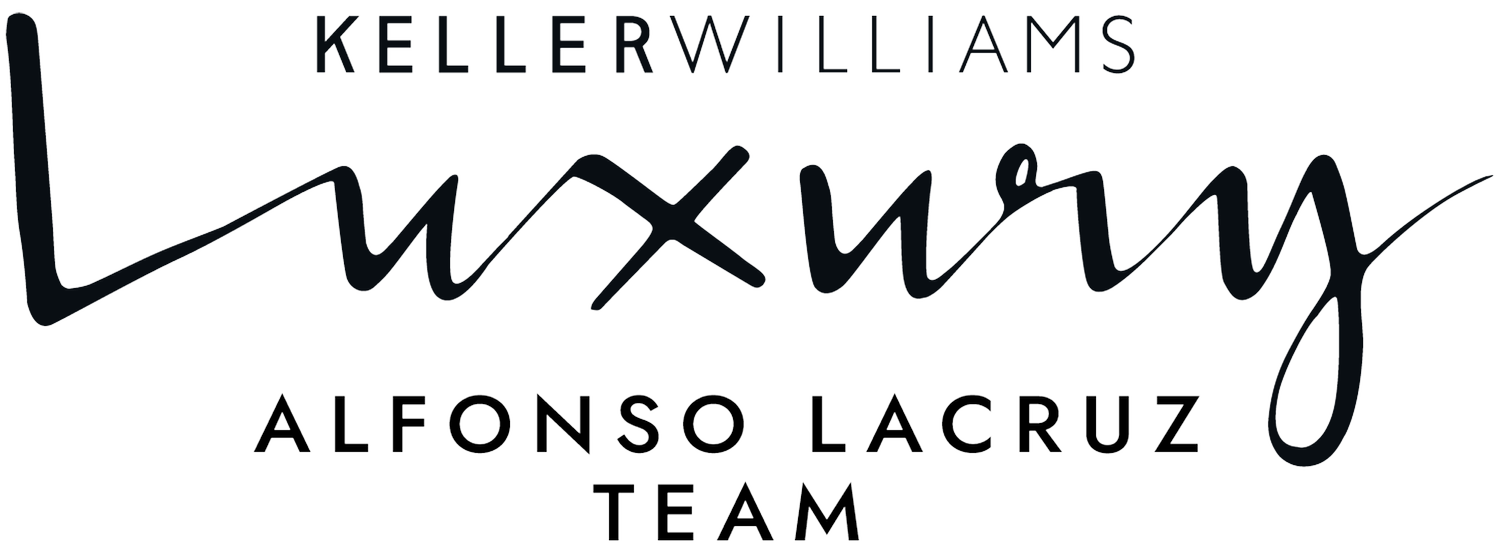In December 2023, the official data for the third quarter of 2023, sourced from the Associations of Land Registries and Notaries, was released, revealing a continued upward trajectory in property prices. In Charts 1 and 2, we have worked out this information with the variation in asking prices from the real estate portal Idealista to draw some compelling conclusions:
1.- Sustained Price Growth: Notably, property prices persist in their upward journey, maintaining a consistent pace with double-digit growth, approaching a 13% annual variation. This growth, as shown in the charts, can be observed in the three different prices being recorded: asking, closing and valuations pricing.
Property prices have been on a consistent upward trajectory since 2014, experiencing a more pronounced acceleration from 2022 onwards in Marbella and a sustained, continuous ascent in Benahavis.
2.- Continued Trend: Although official year-end data for 2023 is yet to be released (scheduled for March 2024), the asking prices published by the Idealista portal indicate an ongoing growth rate, remaining consistent with previous months. Despite an unmanifested slowdown in the data, the market experienced a palpable deceleration in the last quarter of 2023.
3.- Persistent Gap in Asking and Closed Prices:
The disparity between asking and closed prices remains significant. In Marbella, this gap reached historical highs in 2022, approaching 20%, and persists, indicating that the current average overpricing of properties in the market remains at that level. In Benahavis, a similar pattern is observed, with the gap closely mirroring Marbella's, reaching a peak near 24% in 2022 and currently standing at a more moderate but still notable 17%.
4.- Preference for New Builds: The contrast between the closing prices of new units and second-hand homes underscores a distinct preference for newly constructed properties. Both new build and second-hand unit prices have experienced an upward trajectory in Marbella and Benahavis, as illustrated in Charts 3 and 4 (back page). However, the trends diverge between the two locations. In Marbella, a significant surge in new build prices has been observed since mid-2022, while closing prices for second-hand homes present a more stabilized situation with a tendency toward stability. At the start of 2022, the difference stood at a mere 500 €/m2, approximately 15%. Currently, this gap has expanded to 2,500 €/m2, marking a notable 40% increase. Conversely, in Benahavis, purchasers of new builds are paying a remarkable 50% more per square meter than those acquiring second-hand properties. This imbalance can be attributed to the general preference among customers for new products, despite the premium associated with being new. Additionally, the limited availability of new developments in Benahavis further contributes to this market asymmetry.
Considering the sustained increases in prices, a pertinent question arises: Can this trend be sustained? Personally, I believe the market cannot support continuous double-digit growth over time. Examining the American real estate market, which typically precedes ours by about a year, it experienced a profound crisis in 2023, with some locations witnessing 17% price drops and an average of 11%, along with a 40% decline in closed sales of second-hand homes. This collapse was primarily attributed to affordability rates, with high mortgage rates and escalating prices pushing many buyers out of the market, resulting in reduced closings and a subsequent drop in prices.
Could we witness a similar situation in the markets of Marbella and Benahavis? In this instance, I am inclined to believe otherwise. Luxury markets, such as the one we have here, are less susceptible to increases in mortgage interest rates, and the inventory remains low. Examining the luxury real estate market in the US reveals a more normalized market with a similar number of homes sold and a 3% increase in prices. Therefore, our focus should be on maintaining a more normalized market in terms of homes sold and price increases, as failure to do so may continue to deter potential buyers.
In summary, while acknowledging the current normalized market, I am of the opinion that the ongoing increase in prices may not be sustainable for much longer, as it runs the risk of destabilizing the market.





